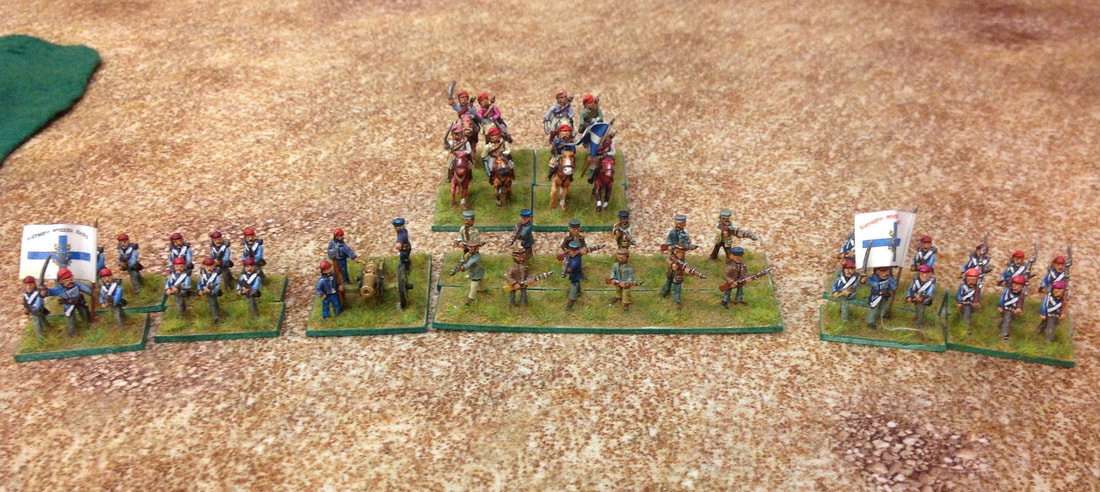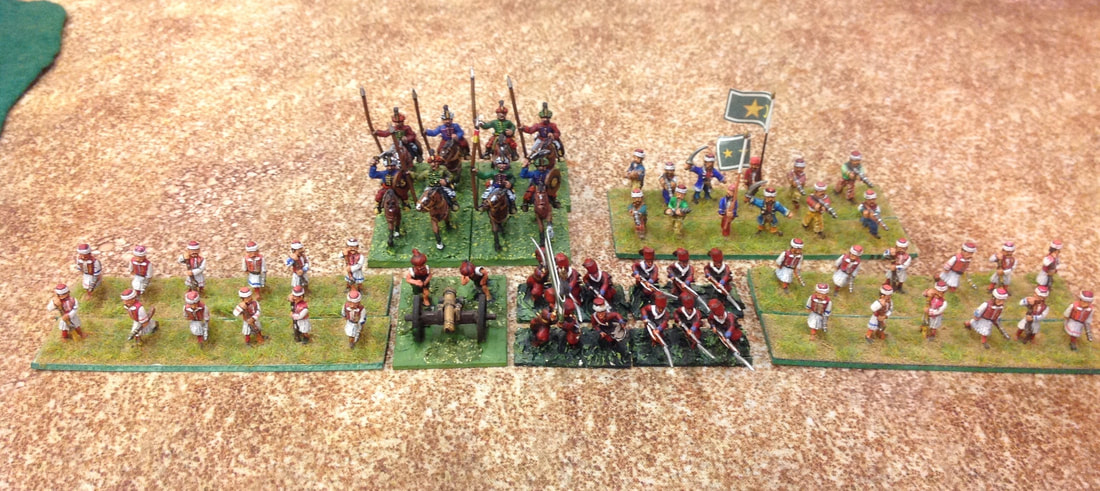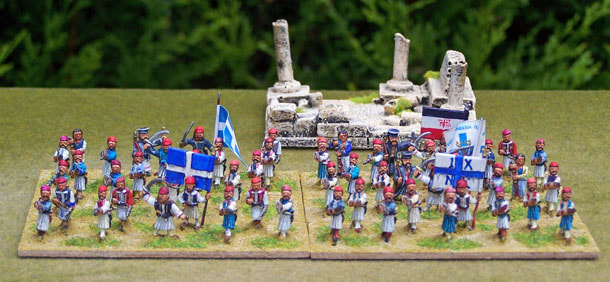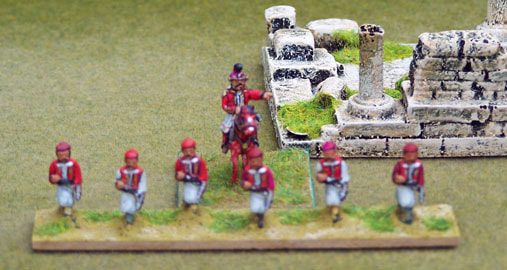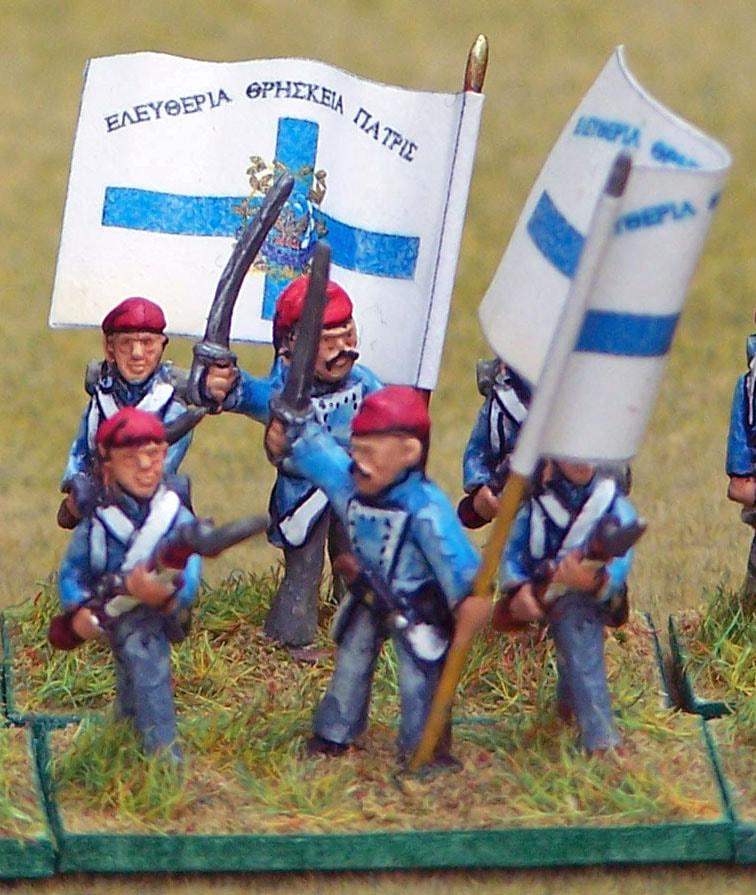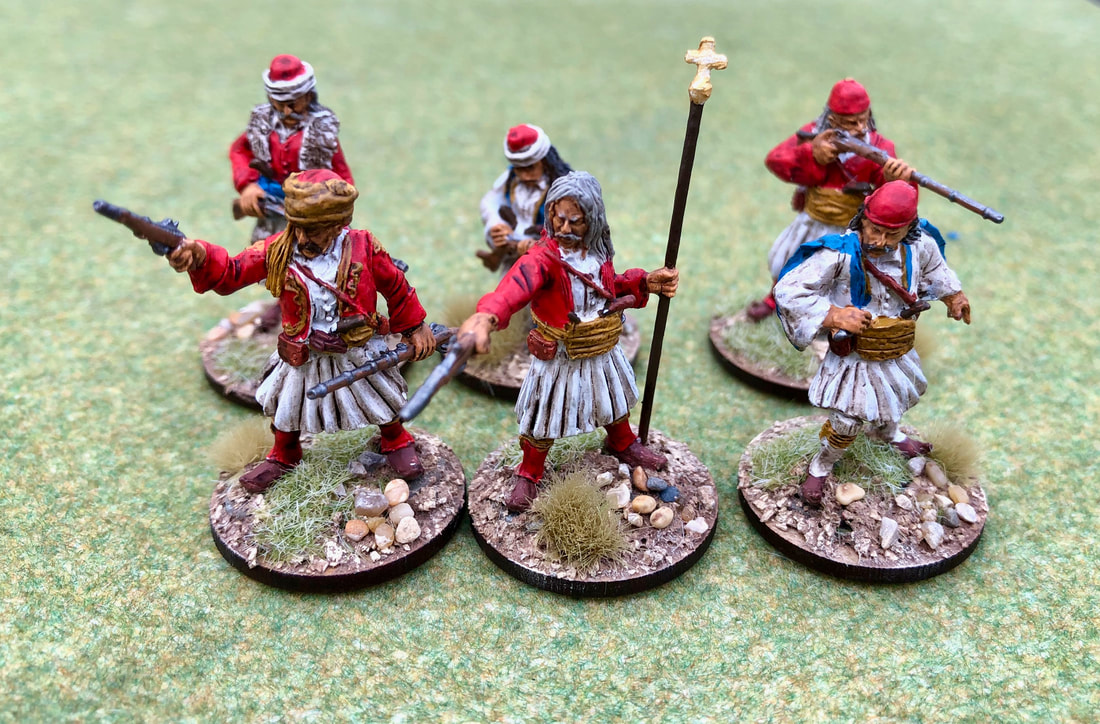- Home
- About
-
Travel
-
Features
- Dyrrachion1081
- Normans in the Balkans
- Manolada 1316
- Kosovo 1389
- Castles on the Danube
- Late Medieval Bosnian Army
- Doboj 1415
- Wallachian and Moldovan troops of the Napoleonic wars
- Anchialos 917
- Slovenian Borderlands
- The Zadruga and the Military Border
- Cretan War in the Adriatic
- Salonika 1916
- Uskoks of Senj
- Siege of Klis 1537
- Eugene in the Balkans
- Moldavian Surprise 1711
- Austro-Turkish War 1737-9
- Militargrenze
- Invading Ottoman Turkey
- Siege of Ragusa 1814
- Russo-Turkish War 1806-12
- Serbian Uprising 1815
- Ali Pasha
- Ottoman Army 1826
- Aleksinac 1876
- Shipka Pass
- Slivnitsa 1885
- Romanian Army 1878
- Austrian forts 19thC
- Kumanovo 1912
- Catalca Lines
- Adrianople 1912-13
- Kajmakcalan 1916
- The other 1918 campaign
- Macedonia air war WW1
- War of the Stray Dog
- Royal Yugoslavian armed forces
- Blunder in the Mountains
- Romanian SS
- Gebirgsjager in the Balkans
- Knights Move 1944
- Vis during WW2
- HLI in the Adriatic
- Adriatic Cruel Seas
- Dalmatian Bridgehead
- Cyprus 1974
- Transnistrian War
- Ottoman Navy Napoleonic wars
- Medieval Balkans
- Balkan lockdown quiz >
- Reviews
-
Armies
- Ancient Greeks
- Pyrrhic army of Epirus
- Dacian wars
- Goths
- Late Roman
- Comnenan Byzantine Army
- Normans
- Serbian medieval
- Albanian medieval
- Wallachian medieval
- Bosnian Medieval
- Catalan Company
- Polish 17C
- Austrian Imperialist
- Ottoman
- Austrian 18thC
- Russian Early 18thC
- Ottoman Napoleonic
- Greek Revolution
- 1848 Hungarian Revolution
- Russian Crimean war
- Romanian Army of 1877
- Ottoman 1877
- Russian 1877
- Balkan Wars 1912-13
- Macedonia WW1
- Greece WW2
- Italian Army WW2
- Gebirgsjager WW2
- Hungary WW2
- Turkey WW2
- Soviet Union WW2
- Bulgaria WW2
- Turkish Korean War Brigade
- Balkan Wars 1990s
- Links
- Books
Greek army of the Greek War of Independence 1821-29
This section covers the Greek army of the Greek War of Independence 1821-29.
Greek nationalism had been growing in the early years of the 19th Century after some 350 years of Ottoman Turkish rule. The war started in 1821 and largely consisted of small scale actions, sieges and a naval war. The Greek cause attracted foreign support including the most famous Philhellene Byron who died at Mesolongi. Support from foreign governments was less forthcoming until the bloody Ottoman invasion of the Peloponnese using Egyptian troops. This led to an allied fleet sinking some sixty Turkish ships in Navarino Bay. This combined with the Russo-Turkish War forced the Sultan to agree to independence.
Most of the Greek army consisted of irregular units raised by individual 'captains'. A small regular army was organised but it only reached 3,500 men by 1826 including 4 infantry battalions, 3 cavalry squadrons and 2 batteries of light artillery. The Turkish army is covered in the features section of this site and below.
The wargames figures below are 15mm scale from the range produced by Spiros Koumoussis who sadly died a few years after producing the range and an accompanying set of rules 'Freedom or Death'. The range is no longer available making this a difficult army to reproduce today. The army is based for the Principles of War wargames rules and matches the army list for this conflict in the rules. Most of these figures were painted by Under the Bed Enterprises.
Greek nationalism had been growing in the early years of the 19th Century after some 350 years of Ottoman Turkish rule. The war started in 1821 and largely consisted of small scale actions, sieges and a naval war. The Greek cause attracted foreign support including the most famous Philhellene Byron who died at Mesolongi. Support from foreign governments was less forthcoming until the bloody Ottoman invasion of the Peloponnese using Egyptian troops. This led to an allied fleet sinking some sixty Turkish ships in Navarino Bay. This combined with the Russo-Turkish War forced the Sultan to agree to independence.
Most of the Greek army consisted of irregular units raised by individual 'captains'. A small regular army was organised but it only reached 3,500 men by 1826 including 4 infantry battalions, 3 cavalry squadrons and 2 batteries of light artillery. The Turkish army is covered in the features section of this site and below.
The wargames figures below are 15mm scale from the range produced by Spiros Koumoussis who sadly died a few years after producing the range and an accompanying set of rules 'Freedom or Death'. The range is no longer available making this a difficult army to reproduce today. The army is based for the Principles of War wargames rules and matches the army list for this conflict in the rules. Most of these figures were painted by Under the Bed Enterprises.
